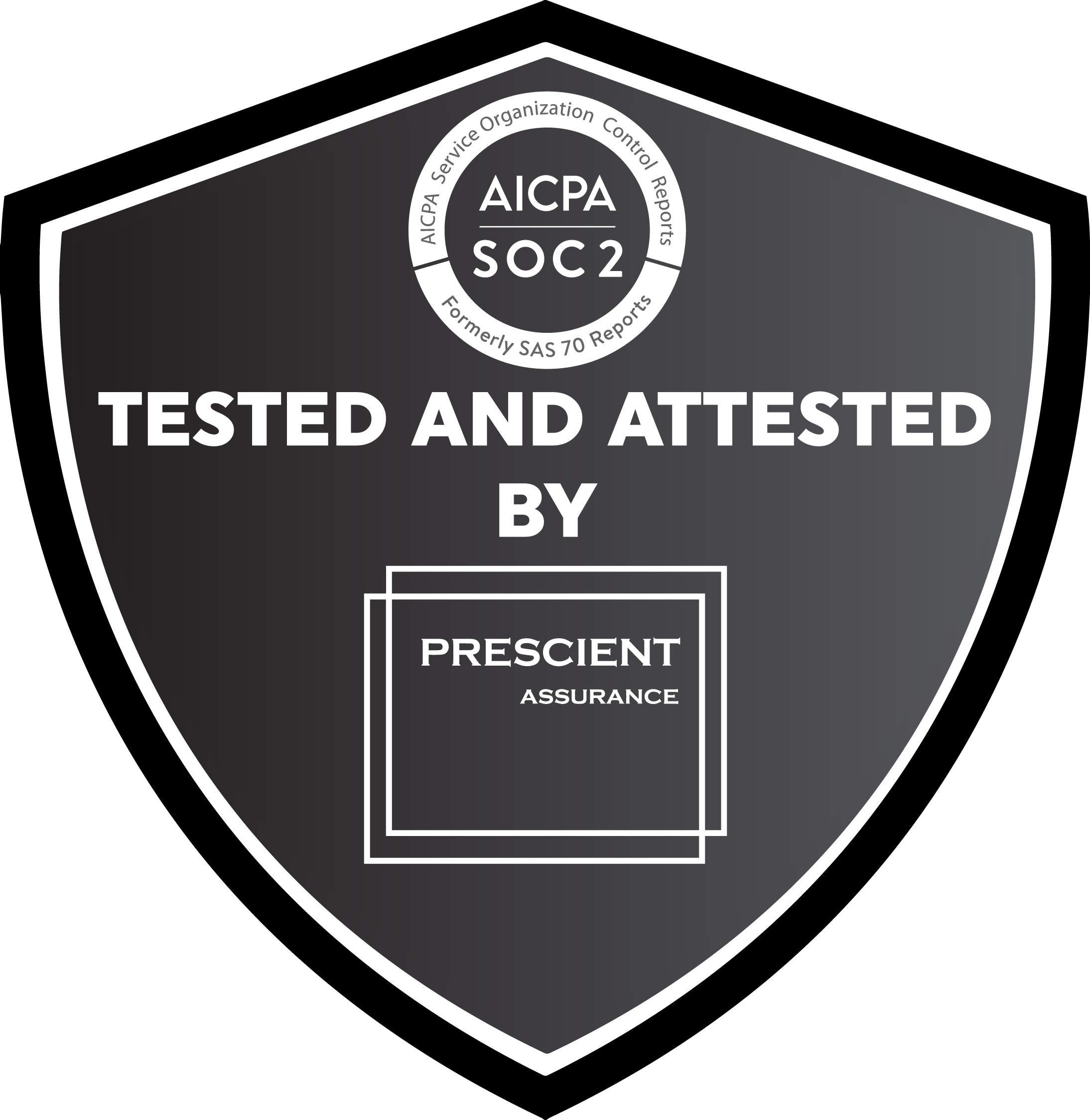Arootah Trust Center
Welcome to the Arootah Trust Center! At Arootah, we understand that trust is the foundation of our relationship with customers. Our commitment to ensuring the security, privacy, and compliance of our services is unwavering. We strive to maintain the highest standards of data protection and to empower our clients with transparent and reliable information about our security practices. Our Security Commitment Security at Arootah is not just a policy; it's embedded in our culture and products. We employ state-of-the-art security technologies and practices to safeguard your data from any unauthorized access or misuse. Our dedicated security team continuously monitors and improves our security posture to tackle emerging threats. Compliance and Certifications Our adherence to international standards and regulatory requirements is a testament to our commitment to compliance. Arootah regularly undergoes independent verification of security, privacy, and compliance controls, achieving certifications, attestations, and audit reports to provide you with the assurance you require. Data Privacy and Protection We recognize the importance of your data privacy. Arootah is committed to complying with applicable data protection laws and regulations. We provide tools and controls that allow you to manage your data effectively and to make informed choices about the collection, use, and sharing of your personal information. Continuous Improvement The digital landscape is ever-evolving, and so are our efforts. Arootah is dedicated to continual improvement of our security and compliance programs. We engage with security and compliance communities to stay ahead of risks and to foster a culture of security awareness and resilience. Resources and Contacts For more detailed information about our security practices, policies, or compliance documentation, or if you have any questions, please feel free to contact our Trust Center team at [email protected].
Compliance
Monitoring
Continuously monitored by Secureframe
Compliance

